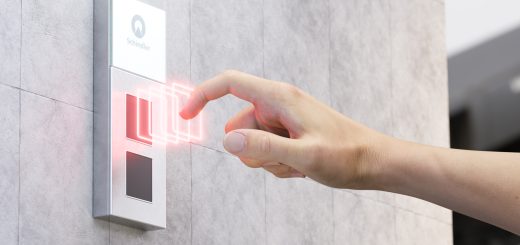Which Safety Standards Must Be Respected For An Electrical Installation In France?
Any electrical installation, whether in the home, in public places, or in offices, must comply with certain standards to ensure the safety of its occupants. Indeed, it is well known that electrical current can cause many damages, including electrocution or electrification. So to ensure that your home meets the standards, read this article.
The standards to follow for an electrical safety
The NF C 15-100

The NF C 15-100 electrical standard is common for all electrical installations. It came into force in 1969 and continues evolving to meet modern life’s needs. It defines the rules of design, realization, and maintenance of the installations so that all the works are carried out correctly in the living quarters.
It concerns new installations for existing buildings (or those undergoing total renovation) and new buildings under construction. It is an essential electrical standard that cannot be ignored when installing electricity in a home. Indeed, it is the only known and recognized standard to guarantee the proper functioning of electrical installations and respect for regulatory objectives concerning safety.
The NF C 14-100
While the NF C 15-100 only concerns domestic electrical installations, the NF C 14-100 is a standard dedicated to electricity distribution companies such as EDF. It defines the different rules to follow for the installation of public electricity distribution networks. It applies to electrical connections in the common parts of buildings as well as to low voltage connection installations between the point of connection to the network and the point of delivery to users. Thus, it can concern both individual and collective connections.
The NF C 16-600

The electrical standard NF C 16-600 defines the different rules that allow the diagnosis of the state of the existing electrical installations of houses. It is used for the safety of an old installation in order to establish a real estate electricity diagnosis. Its evaluation is necessary in case of the sale or rent of the housing.
The characteristics of a standard installation
Any general electricity company knows at its fingertips the standards of electrical installation. It must include:
- A ground connection: it is used to send to the ground the current leaks caused by an electrical device whose wires are damaged. It is buried several meters underground and is directly connected to the electrical panel.
- A circuit breaker: also called an earth leakage circuit breaker, is used to turn off the power more easily from inside the house.
- A distribution board: which is equipped with circuit breakers or circuit breakers
- An electric meter
Electrical connections are protected by rigid rods or a sheath

However, special attention must be paid to the electrical wires because it can be difficult to find your way through the different wires, especially when you have to change a plug. This is why, from now on, a color code must be respected: blue for the distribution of the current, orange or purple for a “back and forth” operation (or for double switches), red for the arrival of the current, striped yellow and green for the earth connection and black for the programming of electrical equipment.
For more security, with the advice of a professional electrician, you can go beyond the instructions of the electrical standards in force. For example, you can install an eco-meter that measures and displays at any time the electrical consumption related to air conditioning, heating, hot water, sanitary uses, and other consumption such as lighting. All this in order to save on electricity consumption. If you are not sure about your electrical installation, call an electrician. He will be able to help you bring your electrical circuit up to standard.
Sound off in the comments section below, and tell us what you want to read next and if you want to read more about electricity.




[…] Having a job is of paramount importance these days. Indeed, there are many jobs in the world. The fact…
[…] Personally, I need a hot shower whether we are in winter or summer because I don’t feel clean otherwise,…
[…] Sound off in the comments section below, and tell us what you want to read next and if you…
[…] unfortunately, when it concerns a major plumbing issue, a botched job might end up causing a lot of harm…
[…] overestimate your talents, either. Sure, some simple jobs (like prevention!) can be done by a handy homeowner. But don’t…